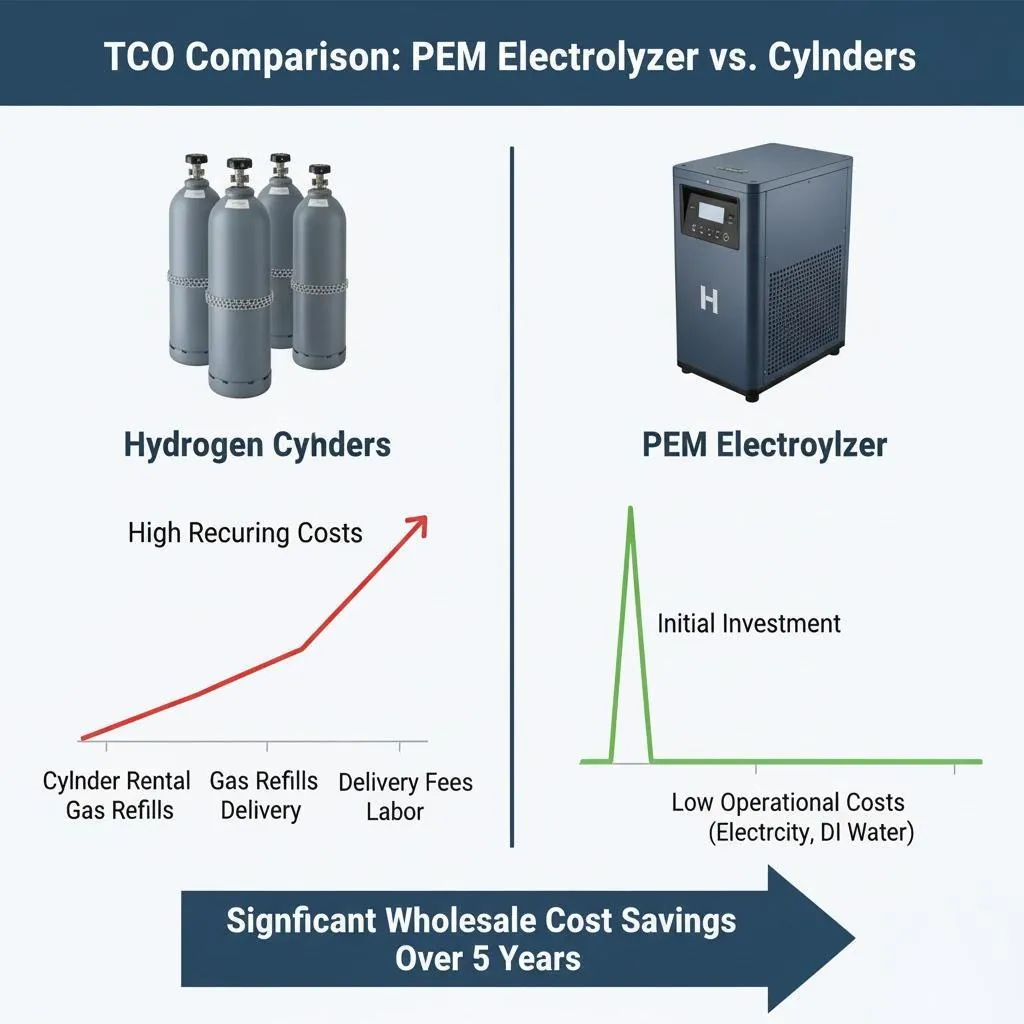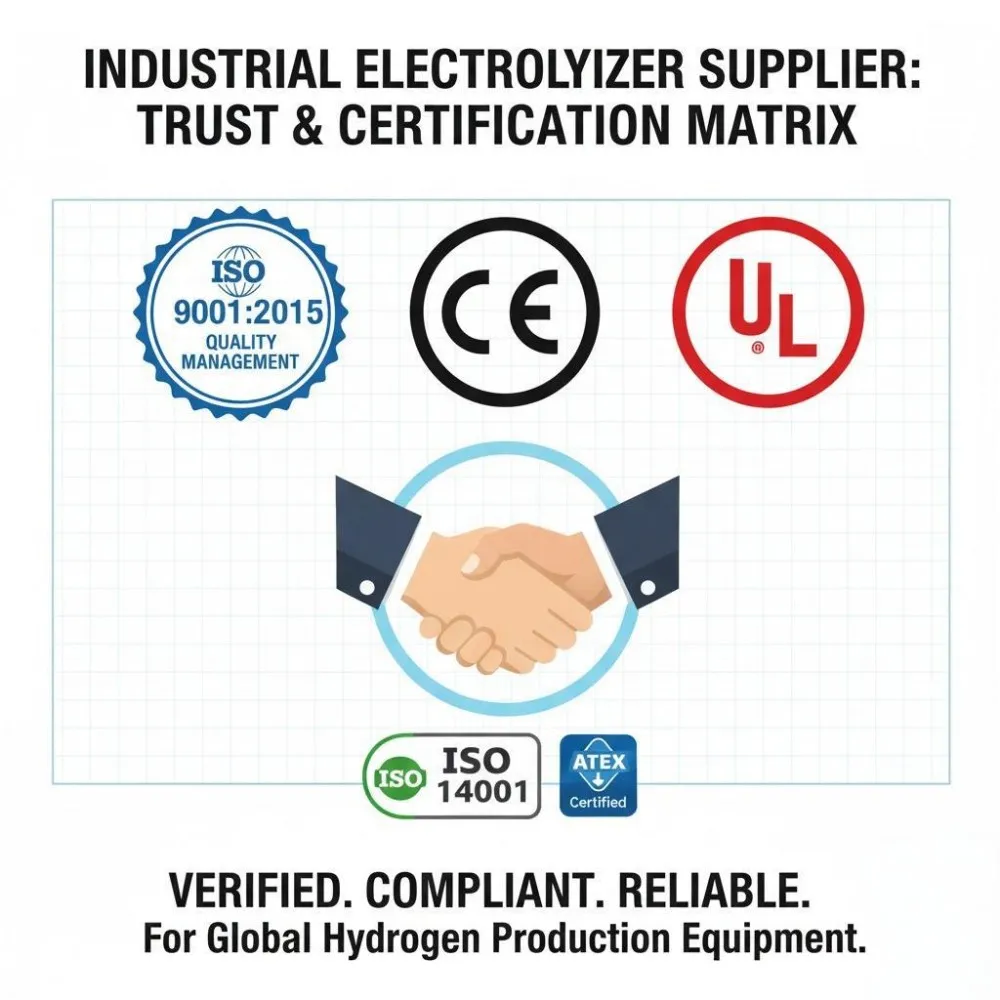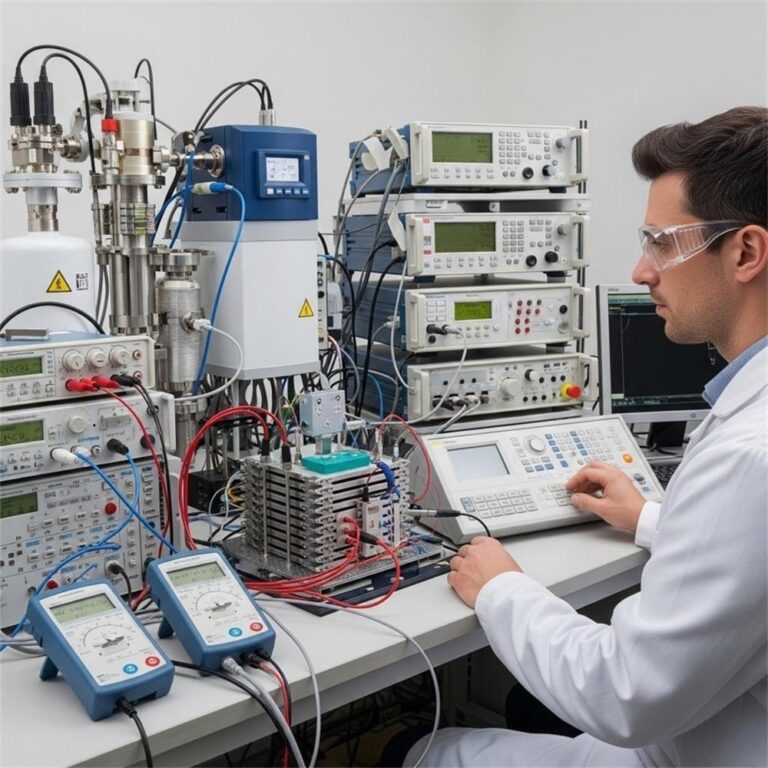Introduction: The Allure of Water as a Fuel Supplement
The global search for cleaner, cheaper, and more efficient energy sources has brought hydrogen into the spotlight, particularly in the form of HHO hydrogen generator kits.
These devices, which claim to convert water into usable gas for engines, tap into the dream of running vehicles on water — or at least supplementing fossil fuels to reduce consumption.
Using electrolysis, these kits break down water (H₂O) into hydrogen and oxygen, forming what’s commonly known as HHO or Brown’s gas. This mixture is then introduced into the engine’s air intake system, where it’s said to enhance the combustion process. The idea is simple yet ambitious: burn fuel more efficiently by adding a cleaner, faster-burning element to the mix.
While many see promise in water fuel technology, it comes with a fair share of skepticism. Some users report noticeable improvements in fuel economy and emissions, while scientific studies have struggled to reproduce these claims consistently. As interest in alternative fuel technology rises, it’s essential to approach HHO kits with both curiosity and caution.
How HHO Generator Kits Work: Unpacking the Science
The Electrolysis Process Explained
At the heart of every HHO generator is electrolysis, a process where an electric current splits water molecules into hydrogen and oxygen gases:
$$ 2\text{H}_2\text{O} \rightarrow 2\text{H}_2 + \text{O}_2 $$
2H2O→2H2+O2

This reaction occurs in an electrolyzer, which usually contains metal plates (typically stainless steel) submerged in a water-based electrolyte. When current flows through the plates, gas bubbles form and rise to be collected and delivered to the engine.
Components of a Typical HHO Kit
An effective HHO hydrogen generator kit generally includes:
- Electrolyzer cell – The main unit where electrolysis takes place.
- Water reservoir – Holds the electrolyte solution.
- Pulse Width Modulator (PWM) – Controls power to prevent overheating and optimize efficiency.
- Safety devices – Flashback arrestors and pressure relief valves are critical to handle explosive gases safely.
- Tubing and fittings – Direct the HHO gas to the engine intake.
How HHO Gas is Delivered into the Engine
The generated HHO gas is introduced into the intake manifold, where it mixes with the air-fuel blend entering the combustion chamber. Since hydrogen burns faster and hotter than gasoline, it’s theorized to improve fuel burn completeness, potentially increasing power and mileage.
Supplement vs. Fuel Replacement
It’s important to understand that an HHO generator does not replace gasoline or diesel. Instead, it acts as a combustion enhancer, ideally allowing the engine to extract more energy from each drop of traditional fuel — a process often referred to as electrolysis fuel saving.
Installation Guide: Integrating an HHO Kit into Your Vehicle
Tools and Safety Gear Required
Before diving into installation, gather the essentials:
- Wrenches and pliers
- Wire strippers/crimpers
- Screwdrivers
- Multimeter
- Drill (for mounting brackets)
- Heat-resistant tubing
- Hose clamps and T-connectors
- Safety goggles and gloves
- Fire extinguisher (for hydrogen safety)

Always read your kit’s manual thoroughly. If you’re unsure about any step, it’s strongly advised to consult a professional mechanic or technician.
Step-by-Step Installation Process
Here’s a general overview of how to install an HHO hydrogen generator kit in most vehicles:
- Select Mounting Locations
- Install the electrolyzer and water reservoir securely under the hood, away from hot engine components.
- Ensure adequate ventilation and easy access for maintenance.
- Electrical Connections
- Connect the kit to the vehicle’s 12V battery, using the PWM controller to regulate amperage.
- Ground the system properly using thick gauge wiring.
- Include a fuse inline for extra protection.
- Plumbing the System
- Connect tubing from the reservoir to the electrolyzer.
- Route the gas output line through a flashback arrestor, then to the intake manifold via a vacuum line or air filter.
- Ensure all joints are airtight to prevent leaks.
- System Check
- Fill the reservoir with distilled water and the recommended electrolyte (typically potassium hydroxide or sodium hydroxide).
- Start the engine and check for gas production, leaks, and proper operation of safety features.
Placement and Sizing Tips
Correct sizing matters. Too small a unit may provide negligible effect; too large could overwhelm your intake system. Match the LPM (liters per minute) gas output to your engine displacement — for example, a 2.0L engine may require a 0.5–1.0 LPM system.
Troubleshooting Common Problems
- Low gas production? Check electrolyte concentration and electrical connections.
- Overheating? Ensure PWM is properly configured.
- Bubbles but no gas output? You might have a leak or clogged tubing.
- Engine stalling or knocking? Back off gas flow and verify air-fuel ratios.
The Efficiency Question: Real-World Results vs. Claims
Understanding Theoretical Benefits
Hydrogen has a higher flame speed than gasoline, which can lead to more complete combustion. In theory, this should reduce unburned hydrocarbons and boost energy output per cycle, thereby improving hydrogen fuel efficiency.
Anecdotal Evidence & Testimonials
Some users claim fuel savings between 10–40%, smoother acceleration, and reduced engine noise. These claims often circulate in forums and YouTube reviews. However, most are not scientifically validated and can be influenced by user bias or placebo.
Scientific Scrutiny & Research Findings
Academic and automotive industry studies generally find little to no consistent improvement in fuel efficiency using HHO kits. Controlled experiments often show marginal benefits, sometimes offset by the energy draw of the electrolyzer from the alternator.
A 2012 SAE paper evaluated HHO systems and concluded that while combustion characteristics change, the net energy balance does not support significant fuel savings.
Factors Influencing Performance
Several variables impact real-world outcomes:
- Engine type and condition
- Driving style (highway vs. city)
- Quality of the HHO kit
- Installation accuracy
- Electrolyte mix and maintenance frequency
Set realistic expectations. While some users see modest gains, most modern engines are already optimized for fuel efficiency.
Safety Considerations: Handling HHO Responsibly
Hydrogen Gas Hazards and Risks
Hydrogen is highly flammable and has a wide ignition range. It’s odorless and colorless, making leaks difficult to detect. Oxygen intensifies any combustion. Therefore, handling the gas mix safely is critical.
Must-Have Safety Features in a Kit
A reliable HHO hydrogen generator kit should include:
- Flashback arrestor: Prevents flames from reaching the cell.
- Over-pressure valve: Releases excess gas pressure safely.
- Non-conductive housing: Prevents shorts and sparks.
- Sealed gas lines: To prevent escape and ignition.
Proper Handling of Electrolytes
Common electrolytes like potassium hydroxide (KOH) or sodium hydroxide (NaOH) are caustic and can cause burns. Always wear gloves and goggles when mixing or refilling. Use distilled water only to avoid mineral buildup and electrolysis inefficiency.
Electrical Safety During Installation
- Never connect directly to the battery without a fuse or relay.
- Route wires away from hot or moving parts.
- Double-check polarity before powering the unit.
- Disconnect the system during maintenance or when not in use for extended periods.
Choosing the Right HHO Generator Kit: What to Look For
Wet Cell vs. Dry Cell Designs
- Wet cells are easier to build but less efficient and bulkier.
- Dry cells are compact and produce gas more efficiently, with lower water loss.
Key Technical Specs to Compare
| Feature | Recommended Specs |
|---|---|
| Gas Output (LPM) | 0.3–1.5 LPM per 1L engine |
| Electrode Material | 316L Stainless Steel |
| Power Draw | 5–30 Amps |
| Operating Voltage | 12V DC (for vehicles) |
| Temperature Rating | Up to 150°F or higher |
Matching Kit Size with Engine Type
Select a system sized to your engine. Overpowering can cause stalling or misfires. Undersized systems may be ineffective.
Manufacturer Reputation and Support
Look for:
- Clear documentation
- Responsive customer support
- Warranty (at least 6 months)
- Positive reviews and testimonials
A higher initial cost is often justified by safety, durability, and performance.
Frequently Asked Questions (FAQ) About HHO Technology
Q1: Is installing and using an HHO kit legal in my region? A: Laws vary by country and state. In many places, modifying emission systems is restricted. Always check local vehicle modification laws.
Q2: Will an HHO kit damage my engine or void my vehicle’s warranty? A: If improperly installed, it can damage sensors or intake systems. OEM warranties typically don’t cover third-party modifications.
Q3: What kind of maintenance does an HHO kit require? A: Check and top off water weekly, clean electrodes monthly, and inspect for leaks. Replace electrolyte every few months.
Q4: What is the typical lifespan of an HHO generator kit? A: With proper care, kits can last 2–5 years. Electrode plates may corrode over time and need replacing.
Q5: Can HHO kits be used in commercial vehicles or industrial equipment? A: Yes, but you’ll need a larger system and possibly multiple cells to match the fuel demands of bigger engines.
Q6: What kind of fuel efficiency gains can I realistically expect? A: Most users report 5–15% improvements, though results vary significantly and are not guaranteed.
Conclusion: HHO Kits – Potential, Pragmatism, and Safety
HHO hydrogen generator kits hold an undeniable appeal. The idea of converting water fuel into usable energy is powerful, especially in the age of sustainability. But potential must be balanced with pragmatism.
Scientific consensus does not conclusively support dramatic efficiency gains from HHO kits, though anecdotal success stories persist. Ultimately, your experience will depend on the quality of the kit, your installation accuracy, and realistic expectations.
Safety should never be compromised. Always prioritize kits with essential protection features and adhere strictly to handling protocols.
In the grander picture, HHO kits represent one branch of alternative fuel technology. Whether they become a mainstream tool or remain a niche curiosity will depend on innovation, regulation, and public trust.
🔗 Explore More: Learn about the science behind hydrogen fuel at U.S. Department of Energy – Hydrogen Basics







